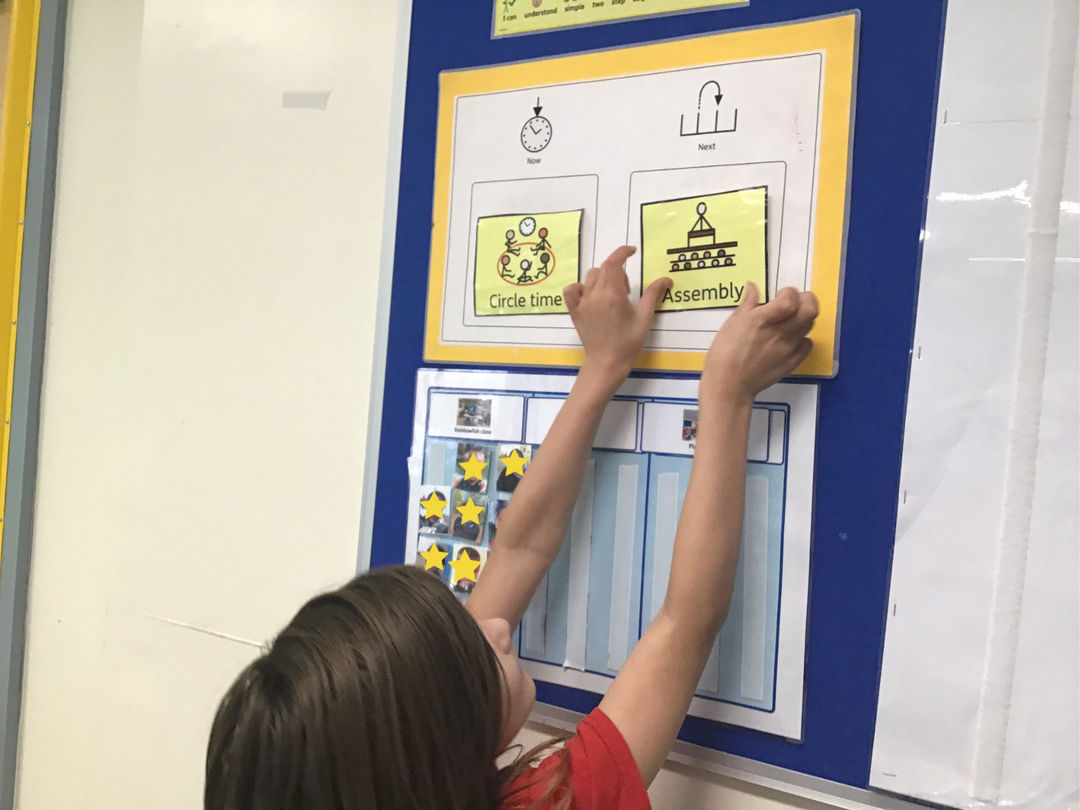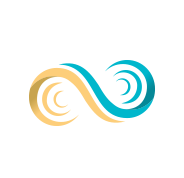Visual Aids
Visual aids enhance communication and give our students a sense of autonomy, allowing them to make choices and express their needs.
The school’s structure and rules are presented visually and tailored to each pupil’s stage of symbolic understanding.

Visual aids:
- assist pupils’ understanding of routine/ transitions made during their day.
- encourage anticipation of transitions whilst providing continuity and consistency in communication, avoiding frustration.
- provide opportunities for pupils to make choices and interact with others.
Visual Aids include:
- timetables, now and next boards, timers, whiteboards (to support transitions, give routine and signal an end to an activity), lanyards (with standard school symbols labelled with the written word to support spoken directives) social stories and sequence strips.

Now & Next Boards, Visual Timetables & Schedules
In Kingsweston School, we have a highly structured and predictable routine. In order to reduce high anxiety induced behaviour preceding and post key transitions in all settings through the day, students benefit from different strategies & routines.
A Now & Next board can help by giving pupils’ day some structure, letting them know what is happening now and preparing them to what will be happening next. It can also help them to become more motivated to do an activity given to them; by showing them that something they enjoy will be coming next, as long as they do the work first.
A visual timetable is a schedule that uses objects, photos, pictures, symbols or written text to show what’s planned for a child’s day. ‘It can take many forms, but the most important thing is that it’s highly individualised and tailored to the needs of the child,’.
At Kingsweston School, we use different types of visual timetables/ schedules to meet our students’ needs:
- Object schedules: The simplest version of a visual timetable, where physical objects are attached to the timetable by velcro, e.g., for example, a spoon used to represent lunch time, a felt pen to be used for worktime, a toy wheel to cue that it’s time to go home from school. When the activity is finished, adult will remove the object relating to the activity and move the next one to the top of the list, so “next” becomes “now”.
- Photo schedules: Photos represent the activities and tasks that will take place during the school day and attached to the timetable in the correct order. This can be a “now and next” board or a number of different steps, depending on students’ needs.
- Picture Symbols schedules: Symbols are used to show students what’s going to happen during the day. For example, a picture symbol of children playing with a ball represents playtime. Kingsweston School uses symbols from the Widgit Communication in Print system. (https://www.widgit.com/about-symbols/intro_to_symbols/index.htm) “The picture-only symbols can then begin to have symbols with a single word underneath as the child begins to show emergent reading skills”.
- Written Text schedules: For children who can read, a written schedule can be created using words representative of the activities.

